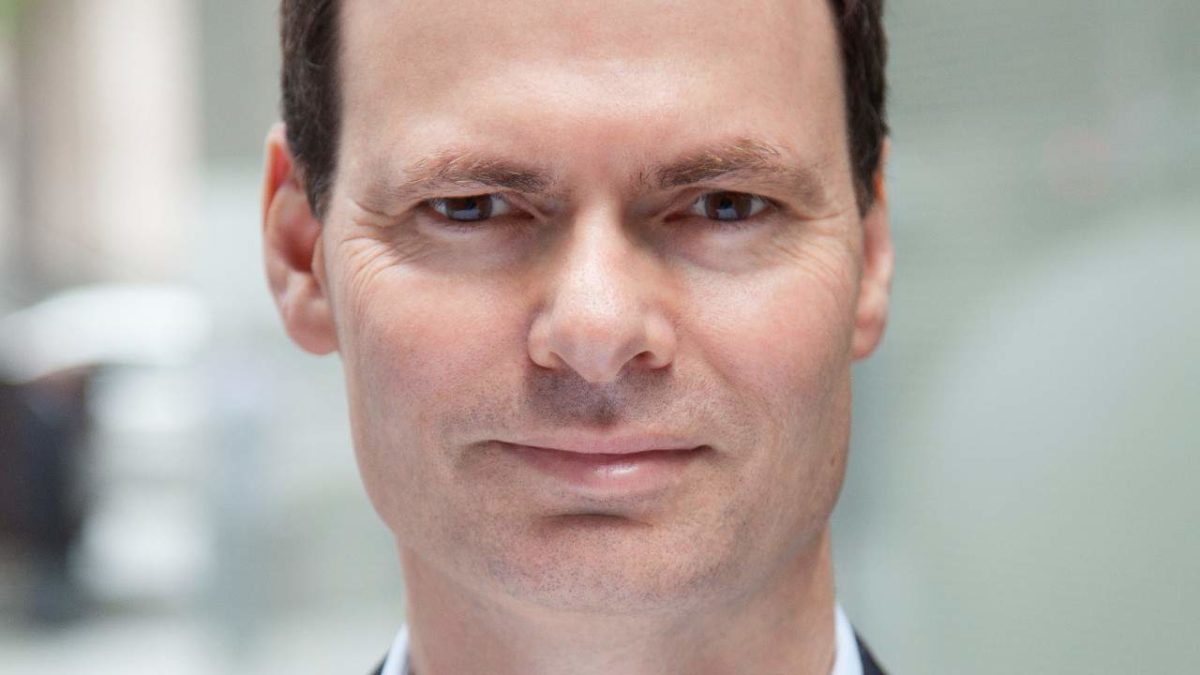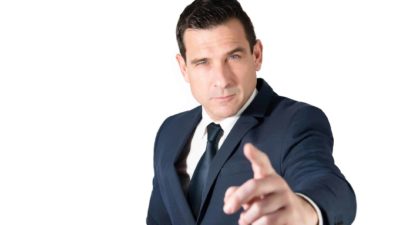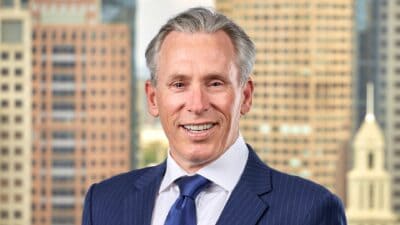Ask A Fund Manager
The Motley Fool chats with fund managers so that you can get an insight into how the professionals think. In part 1 of our interview, Monash Investors co-founder and director Simon Shields tells us how his two largest holdings have already done very well, but how they're still good value with low PE ratios.
Investment style
The Motley Fool: What's your fund's philosophy?
Simon Shields: Monash Absolute Investment Fund is our unit trust. And we also have the MAAT, which is the Monash Absolute Active Trust, which is about to list on the stock exchange. They have the same strategy.
We're style agnostic. We're not value investors, we're not growth investors. What we are are people looking to make double-digit returns over the cycle from identifying mispriced stocks. And to do that, we rely on recurring business situations and patterns of behaviour.
MF: To give our readers an idea, what are your two biggest holdings?
SS: PPE, which is People Infrastructure Ltd (ASX: PPE), and Healthia Ltd (ASX: HLA).
I think PPE's a most underrated stock. What it does is it goes out and sources people for different industries — so it could be the resources industry, it could be tech, it could be nurses… that's quite a big business doing in-home care with nurses.
But it's not only doing that, it's also white labelling for other labour hire companies. And it's also going out and buying other labour hire companies. So what it's got is strong organic growth, and it's also got growth by acquisition.
Okay, now because it's a labour hire company, it tends to trade on a low multiple because people think of labour hire as a pretty boring industry, it's been around for a long time. It's only trading on 17 times the price-to-earnings ratio — and yet it's been doing double-digit earnings per share increases, and we expect that to continue for a few years, at least.
We're up 71% on our entry price.
MF: What are your thoughts on Healthia?
SS: We're up actually 94% on our entry price. We bought in the IPO [initial public offering] at $1 in Healthia.
The stock didn't do much for quite a while, even though it was delivering to its business strategy, which is to roll up podiatrists, chiropractors and physiotherapists. It's more recently gone into optometrists as well.
Again, that sounds pretty boring, but again, it's organic growth and growth by acquisition. It's extremely well-managed by the guys who brought us Greencross Ltd, which was a roll-up of the vets.
So that stock's now around about $2. Again, it has a pretty low price-earnings ratio on it as well.
MF: Due to your fund philosophy, a lot of your bets are on the smaller-cap companies?
SS: Yeah. So we're happy to invest in a stock regardless of its size, as long as it's not so small that we don't have enough liquidity. But it just so happens that in order to meet our hurdles, we tend to find more stocks that are mispriced in the small cap and mid cap range than in the large cap range. But we do hold large cap stocks as well.
Buying and selling
MF: What do you look at closely when considering buying a stock?
SS: The big thing is: what is the payoff going to be when we invest?
We're focused on that payoff. To meet our hurdle, we have to, on our assessed valuation of a stock compared to the current share price, there's got to be at least 60% upside for a long, or at least 30% downside for a short.
That assessed valuation is the price we think people should pay today for the stock if they agreed with us about the future for the business. We bring that back to a valuation that we think the stock should be trading at today, then we compare that to the current share price. And we've got to see at least 60% upside for the long.
So that's the first thing we look for, the payoff. Second thing we look for is growth because generally, to get that sort of payoff, you're needing to see a step-change up or down in growth.
Then the third thing we're looking for is that insight. Why insight? Why is the stock mispriced or misunderstood, and how is that going to be resolved? And that goes back to our recurring business situations and our recurring patterns of behaviour that we look at.
MF: With that third element, is it a subjective assessment?
SS: If you take that back to People Infrastructure, what we're seeing time and time again are companies that have good growth organically and are able to do growth by acquisition… We're seeing historically those firms do extremely well.
If you think back, Sonic Healthcare Limited (ASX: SHL), that's exactly what they did. Now, the space that Healthia's sort of trading in, or People Infrastructure are trading in, I don't expect it to be as big as Sonic Healthcare down the track. But it's that same dynamic — that growth by organic and with acquisition roll-up — that's a recurring business situation, and it's also a recurring pattern of behaviour where the market tends to underestimate the success of that strategy.
We've seen product rollouts as well. Stocks that have got new products that are rolling out, penetrating into new markets, online or geographic expansion. Afterpay Ltd (ASX: APT) is a great example of that, for example.
MF: What triggers you to sell a share?
SS: We've got a few sell discipline points.
One is what we call investment thesis violation. If we realised we've misunderstood what's driving the business, [or] we're just wrong about it, obviously we're going to exit straight away. But quite often that can take quite a while to play out because the business looks good, and it [could be] just having a few short-term problems.
So we need some more early warning signals, and that's what we've developed. If we see a spike in short interest, or an unexpected downgrade, or what we call a 'signpost' being missed, then we'll cut a third of our position straight away.
And if it happens a second time, we'll exit.
Now, of course, most of the time, we're exiting our stocks of course because they're reaching our price target. We've got a price target for every stock, whether it's up or down, and when it hits our price target, we're out.
MF: Is the price target the 60% return you were talking about before?
SS: It is. It's our assessed valuation, which we update all the time.
Tomorrow in part 2 of our interview, Shields reveals the stock he bought for $5 then exited at $153.









